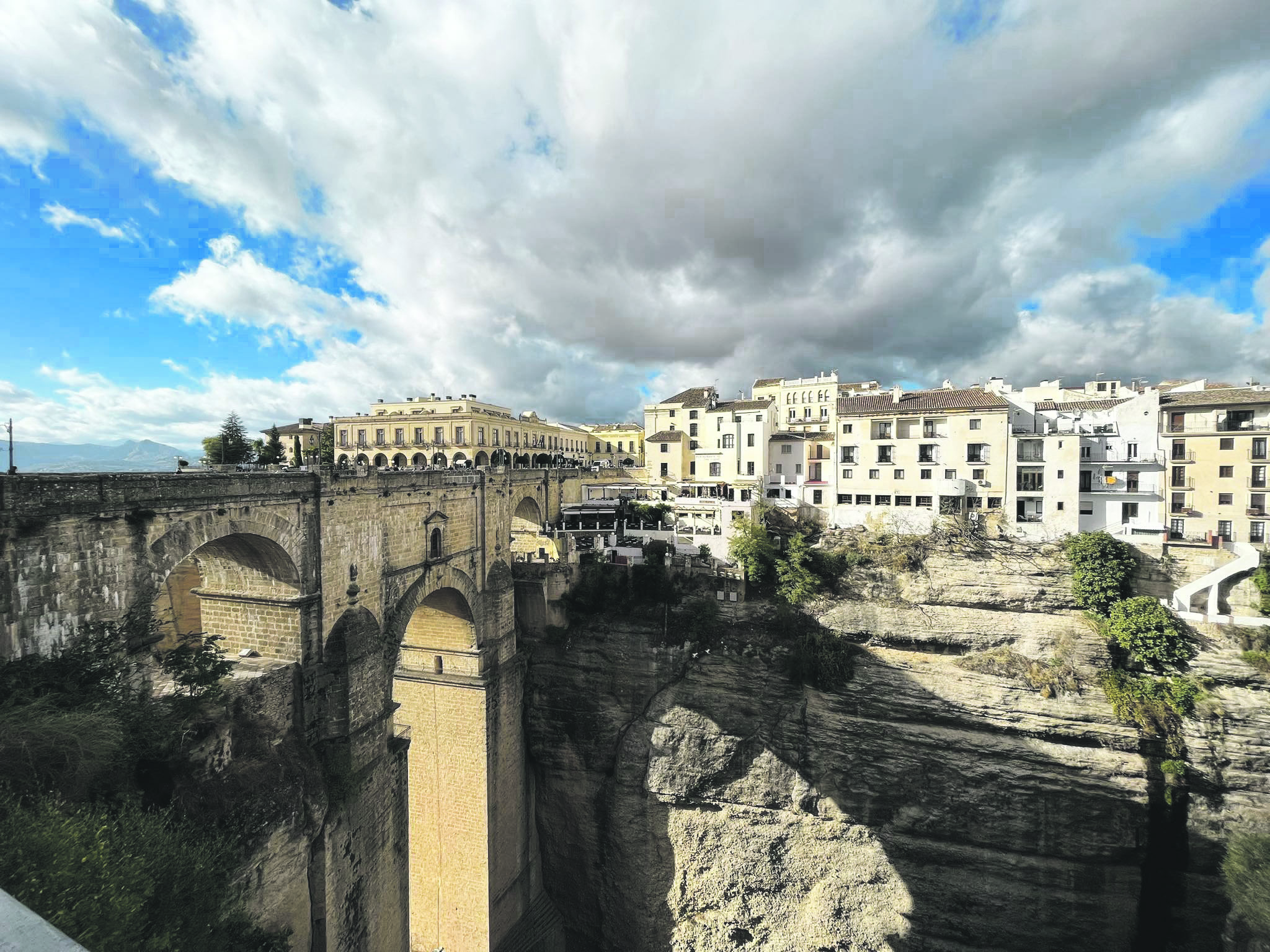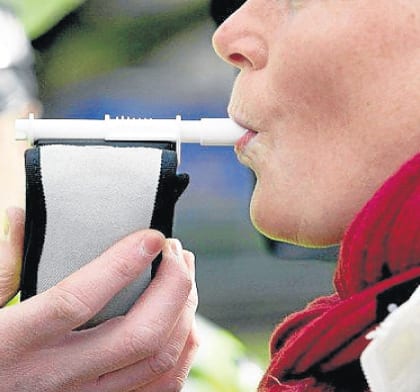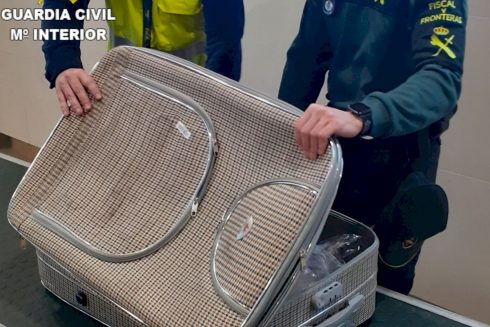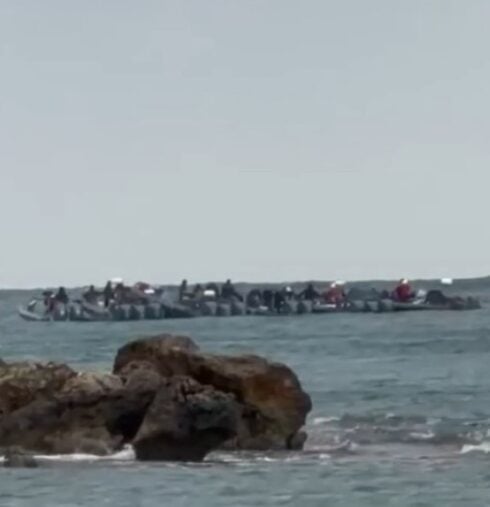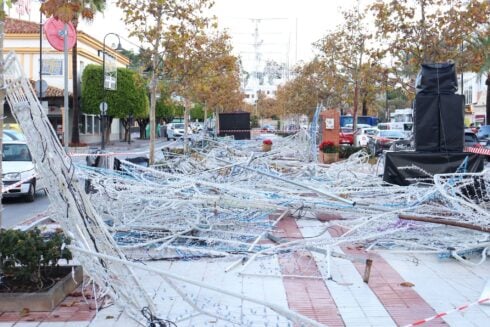BY the time of the collapse of the Arabic empire in 1485, Ronda had been entertaining foreign visitors for not far off 1500 years.
One of Spain’s oldest towns, in Roman times it had a thriving wine industry and even its own mint, fittingly its coins bearing a tendril of grapes.
Established in 9BC as a military bastion, it was given the name ‘Arunda’ meaning ‘surrounded by mountains’ and it is easy to see why. Take a pew at any of the monuments dotted around the town and chances are you will see dozens of faraway peaks that literally ring the town, from the National Park of Sierra de las Nieves on one side to the Parque Natural of Grazalema on the other.
Ronda is a true front row seat to history with these nearby mountains literally swollen with ancient remains.
They include the Roman sister settlement of Acinipo with its wonderful amphitheatre, as well as the ancient salt mines of the Cerro de las Salinas and the historic wine storage village of Setenil de las Bodegas.
Then you’ve got the remains of a Roman aqueduct running south of the town, the hidden Arabic baths in the Llano de la Cruz valley, and the recent discovery of a Roman grape-treading floor for winemaking near Arriate.

Uncovered at a vineyard, called Morosanto, archaeologists have excavated a sizable 2000-year old wine operation with pipes through which wine was transported to vats.
The remarkable find, alongside a 21-metre Roman swimming pool and sauna, means historians are now able to definitively link the production of wine in Ronda to 3AD.
No surprise then, that so many writers and historical figures have waxed lyrical about Ronda… Austrian writer Rilke dubbed it the ‘City of Dreams’, while Orson Welles relocated to Ronda and immersed himself in bullfighting, later having his ashes scattered at a nearby estate.
Ernest Hemingway’s tome, The Dangerous Summer, is largely about Ronda’s bullfighting dynasty, the Ordonez family, while in Death in the Afternoon he wrote: “It is where you should go if you ever go to Spain on a honeymoon or ever bolt with anyone. The entire town and as far as you can see in any direction is a romantic backdrop.”

It is why Carmen the movie was filmed here and why Madonna insisted she had to film a video around its cobbled streets.
It’s also why Adrian Brody, Anne Hathaway, Bill Gates, Ricky Gervais and Jodie Whittaker have all had recent holidays in the town, while celebrity chefs Jamie Oliver and Gordon Ramsay dedicated episodes of their TV shows to Ronda.
Celebrity chefs have such a pull to the town that handsome whiz in the kitchen Jean Christophe Novelli once told me he was moving to Ronda, but after two months was unable to find the right property to buy (he was probably more likely shacking up with a mistress).
And then there is Benito Gomez, a classic blow-in from Catalunya, who has done so well in the town that he now boasts two Michelin stars with his amazing restaurant Bardal.
But, take my word as a local – who chose this mountain hideout over the bright lights of Marbella or Malaga some two decades ago – while it is magical in so many ways, Ronda is also an incredibly tough place to settle.
The extremes of weather (its spiky dry heat in summer and freezing winters thanks to its altitude of 800m) doesn’t suit everyone.
Equally its inward-looking locals, so typical of conservative mountain types the world over, are not openly friendly and take a while to warm to you.
But there is no denying its landscape, history and architecture.

Few places in Spain have such a wonderful mix of buildings, from the Moorish Palacio Mondragon to the neoclassical town halls and from the Arabic baths to the splendid Renaissance mansion the Palacio del Marques de Salvatierra.
And don’t forget the cathedral (once a mosque) as well as the oldest bullring in the country.
Still owned by the Ordonez family, with two fitting statues to toreros Antonio and Cayetano outside, is an excellent introduction to a pastime that goes back 300 years in Ronda.
Built by the godfather of bullfighting Pedro Romero, who fought well into his 80s and was painted by Francisco Goya, it is worthwhile to visit just for its collection of Goya etchings alone.

A must-visit is the 13th century Casa del Rey Moro, which was a highlight of Michelle Obama’s visit to Ronda a few years back.
The former President’s wife even took the 300 slippery spiralling steps to reach the bottom of a siege tunnel, used as an escape route during times of siege.
By navigating the ‘la Mina’ staircase down to the bottom of the gorge, she was really getting a true understanding of what makes this mountain town so wonderful.
For down at the bottom by the River Guadalevin – with the steep walls of the famous Tajo towering above, and rooks and swallows swooping around – you truly step back in time.
The tunnel was originally carved out by Christian slaves to get water during the reign of Ronda’s Moorish king, Abomelik.
It would have been a wonderful time to be a traveller arriving in Ronda, particularly at the nearby Arabic baths.
The 11th century Banos Arabes are among the best preserved in Spain and offer the best explanation of the sophistication of the former Arabic inhabitants, who ruled for an incredible 700 years until the late 15th century around these parts.

A superb demonstration of urban planning, the baths sit in atmospheric gardens and have three rooms – hot, cold and tepid – each fed with water from the river outside.
The domed ceilings with their star-shaped air vents were part of a complex astronomical symbolism so popular in Moorish times. The baths were the main hammam and lay just outside the defensive walls by the main gate to the town from the direction of Granada.
A clever virtual reality video, in both Spanish and English, brings the past back to life and is a must-watch, before continuing your tour up the hill into the old town.
READ MORE:
- Sevilla: Guide to visiting Spain’s most romantic city
- Visit our travel guide section for more about Sevilla
- Ecija: A visit to the charming city known as ‘the frying pan’ of Spain
Click here to read more Olive Press Travel News from The Olive Press.

